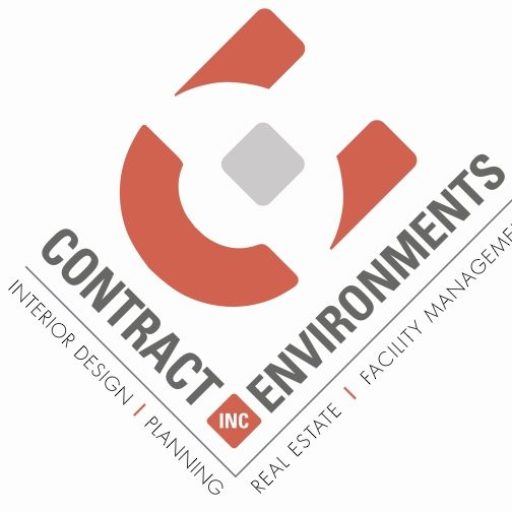Health Safety and Welfare
One of the greatest challenges of Interior Designer is the innate misunderstanding regarding what we do. The result is a misunderstanding as to why regulation of the term “Interior Designer” or more commonly “Registered Interior Designer” is important.
The most common response I get when I tell people I’m an interior designer is: “Oh, that sounds like fun and I could really use your help picking paint colors for X room in my house!” I usually smile and tell them I will be happy to help, but I’m actually a commercial designer. When all I’m doing is picking paint, you wouldn’t care whether or not your interior designer has a license.
Paint is the tip of a very large iceberg. The deep, submerged parts of the iceberg include a well of technical knowledge regarding fire codes, building codes, general knowledge of construction techniques and materials, ADA Guidelines, sustainable building, and building signage. There is the ability to transfer this knowledge to contract documentation for a contractor to build, and specialized product knowledge for specialized applications. A hospital needs hypoallergenic and antimicrobial materials like floors and curtains that would probably not show up in your home. Our work touches that of all other building trades including and at times crossing over the responsibilities of architects, electrical engineers, mechanical engineers, IT technicians, and general contracting.
I’ve completed entire projects where my job is to create construction documents and paint is not a consideration at all. Conversely, I’ve done projects where we don’t move a single wall but help only with the selection of furniture, fabrics and paints. That’s a large area of general and specialized knowledge.
When the iceberg goes so deep into the parameters that affect building safety, (like where to locate your exit signs and fire extinguishers, yes we do that too!) you get into an area where legal responsibility for the correctness of the work IS an issue. That is why the development of legislation is important. If your interior designer is helping your office to add that vacant tenant unit next door to your space and expand that little kitchenette into a full break room then you (or your boss) will want to know that anyone who works on that project has been vetted and know their stuff.
Regulation over the terminology like “Registered Interior Designer” is a state-to-state issue with roughly half of our state governments (and all Federal government work) requiring licensing and registration to prove minimum competency. Just like your CPA and CFA, and just like your Architect.
See a little more here regarding Health Safety and Welfare as an issue that affects interior design legislation.
-Michelle
